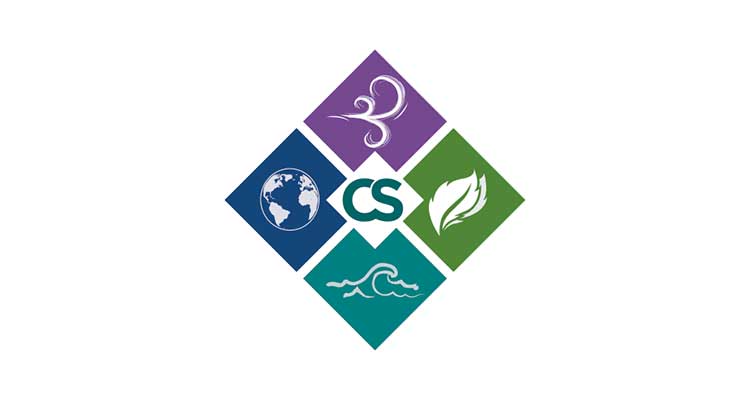The US House of Representatives last Tuesday approved new chemical safety rules designed to overhaul federal regulation covering thousands of chemicals in daily use. The bipartisan bill (you read correctly…), a major rewrite to federal chemicals safety, passed by a vote of 403 to 12, and is expected be passed by the Senate and signed into law by President Obama.
H.R. 2576, known as the TSCA (Toxic Substances Control Act) Modernization Act, was first introduced in May 2015 as the Frank R. Lautenberg Chemical Safety for the 21st Century Act and passed by the House on May 24th, 2016.
The law updates TSCA rules that have been in effect for more than 40 years and gives the US EPA authority to evaluate and impose restrictions on commonly used chemicals like paints, thinners and oils. Under the bill, the EPA will initially evaluate 10 top priority chemicals and continue by reviewing 20 chemicals at a time. Experts are concerned that it will take years before this process has significant results, but also believe that if the use of some of the most harmful chemicals is reduced, millions of people will be positively impacted.
The bill is supported by the chemical industry and chemical giants like Dow and DuPont, as well as environmental and industry groups have already issues statements welcoming the law. The primary reason for this position appears to be that varying and conflicting state regulations impact chemical manufacturers costs but also provide inconsistent safety requirements for businesses and consumers.
States like California have passed hundreds of laws that regulate chemicals, and this law will give the federal government the authority to preempt those laws.
Many large retailers, including Target and Walmart have already implemented their own rating systems for hazardous chemicals and have urged suppliers to replace them with safer ones.
By giving the EPA broad authority and requiring it to regulate chemicals so that they no longer present unreasonable risks of injury to health or environment, this bill aims to reduce States’ unilateral mandates.
Under this Bill, the EPA must conduct and publish a risk evaluation for a chemical if:
(1) the EPA determines it may present an unreasonable risk of injury to health or the environment, or (2) a manufacturer of a chemical requests an evaluation. The EPA must initiate 10 or more risk evaluations in each fiscal year. The EPA is authorized to require testing on a chemical when it is necessary to conduct an evaluation.
If an evaluation determines a chemical will pose an unreasonable risk, the EPA must issue a risk management rule for the chemical. The bill establishes deadlines for conducting and publishing evaluations as well deadlines for publishing risk management rules.
The EPA may grant exemptions from risk management requirements for a specific use of a chemical if: (1) the requirement is not cost-effective with respect to that use; and (2) the specific use is a critical or essential use, or the requirement would significantly disrupt the national economy, national security, or critical infrastructure.
The EPA must: (1) publish a list of certain persistent, bio-accumulative, and toxic (PBT) chemicals; (2) designate certain chemicals as PBT chemicals of concern; and (3) promulgate rules with respect to those designated PBTs to reduce likely exposure to the extent practicable.
This chemical safety bill revises requirements concerning the disclosure of confidential business information, preemption of state law, fees to defray the cost of administering TSCA, and scientific standards and evidence.

